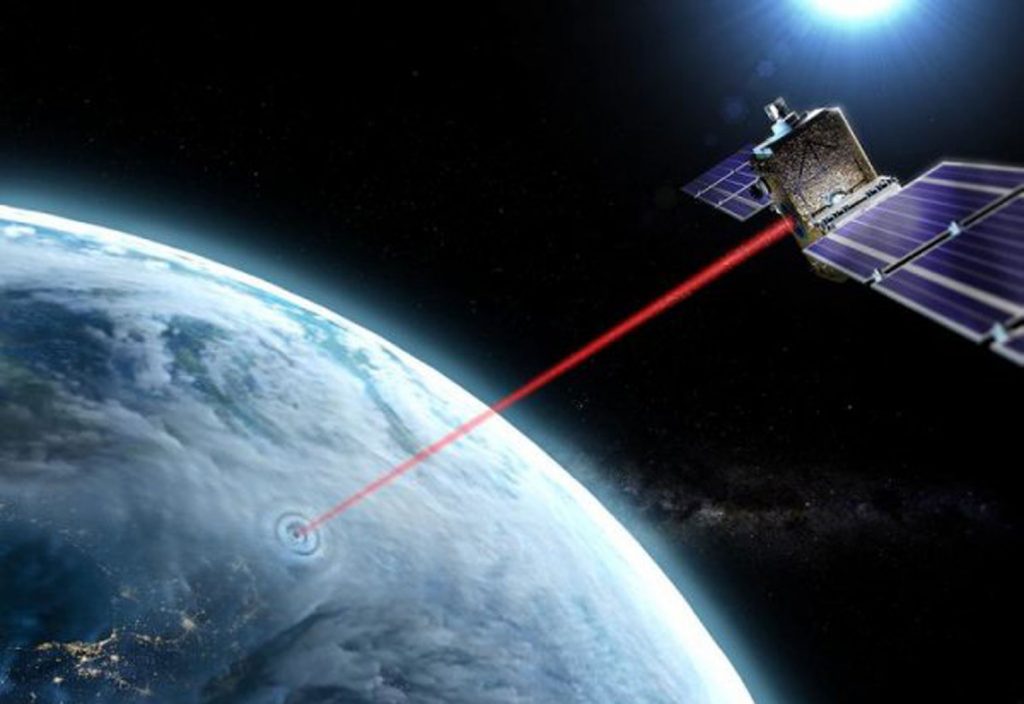Laser tech can deliver satellite data faster and more securely than radio frequencies, but clouds and fog are major obstacles. A team of Swiss researchers might have a solution.
Satellite transmissions are dominated by microwaves and radio waves, which underlie services like communications, GPS data and high resolution Earth imagery. But as the demand for data increases, the airwaves are becoming congested.
What’s more, the long wavelengths of radio frequency transmissions limit data speeds. Lasers could provide faster, more secure satellite communications. One satellite with a high-speed laser downlink is BIROS (Bispectral InfraRed Optical System), part of the German Aerospace Center’s FireBIRD constellation.
But lasers are limited in their ability to penetrate clouds and fog. This means that communications are weather dependent, and multiple ground stations need to be established with the hope that one will be under a clear sky at the right time.
A team of researchers from the University of Geneva in Switzerland has made progress towards solving this issue with a high-powered “laser cleaner” that super-heats the air and blasts a temporary path through clouds using shockwaves.
“All you then need to do is keep the laser beam on the cloud and send the laser that contains the information at the same time,” said researcher Guillaume Schimmel in a media release.
“It then slips into the hole through the cloud and allows the data to be transferred.”
The researchers, led by Professor Jean-Pierre Wolf, have recently published their findings in Optica.
“Radically new approach”
Scientists have been experimenting with high-powered lasers to clear cloud cover for decades, but vaporising or shattering a large number of water droplets limited effectiveness over long distances and increased the energy needed.
Wolf and his team pioneered a “radically new approach”. They used a high-powered terawatt-class laser to heat the surrounding air to more than 1500°C. This produced a shockwave that drove water droplets out of the way to clear a hole several centimeters wide.
Because of its relatively low (up to 1 kW) repetition-rate, the terawatt-class laser was limited in its ability to carry high-bit-rate communications. To carry data, the developers coupled a second, high-frequency (1 MHz to 1 GHz) laser to the high-powered beam.
The study stated the researchers were aiming to develop an active method to clear a channel through cloud or fog for data transmission, which they said had yet to be proposed or implemented.
According to Wolf, laser satellite communications is a promising new technology.
“The very short wavelengths can carry 10,000 times more items of information than radio frequency, and there aren’t any limits to the number of channels. Lasers can also be used to target a single person, meaning it’s a highly secure form of communication,” he explained.
So far, the team has successfully tested their laser on artificial clouds up to 50 cm thick, with a water density 10,000 times that of their natural counterparts. Their next steps will be to conduct further experiments with clouds up to 1 km thick, and with various densities and altitudes.
Wolf hopes to make the technology commercially available in the next seven years.
“We’re talking about possible global implementation by 2025,” he said.
